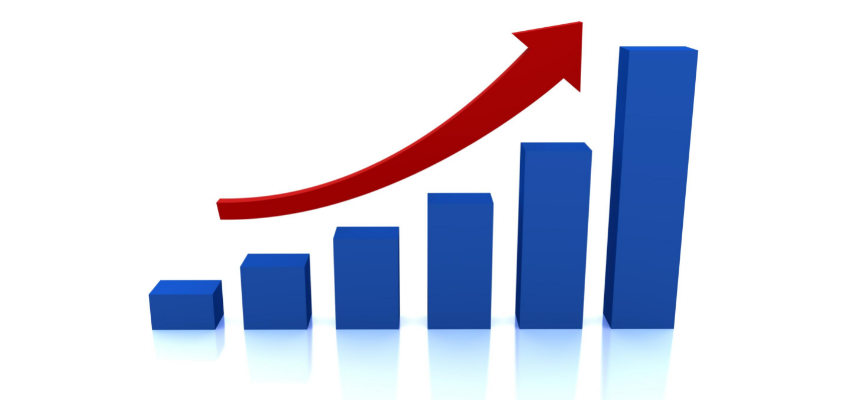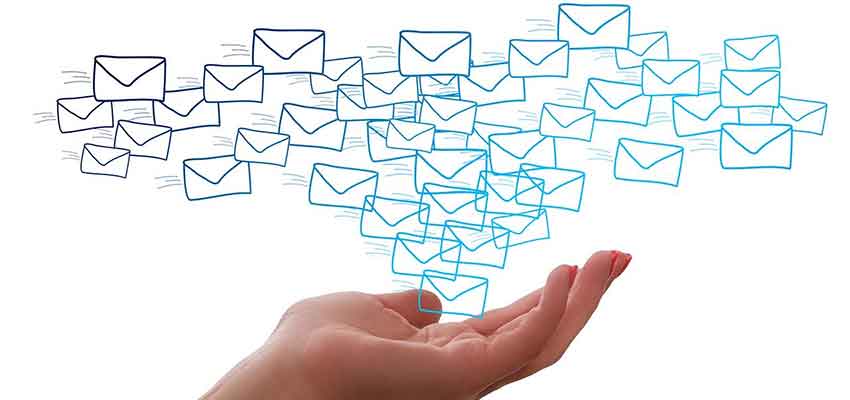Show:
Maximizing Sales Efficiency: Strategies for the Modern Sales Team
In today’s fast-paced B2B environment, sales teams are under constant pressure to do more with less. From handling a growing number of leads to aligning with marketing and adapting to buyer behavior shifts, modern sales reps must find ways to improve productivity without sacrificing personalization. That’s where sales efficiency becomes critical.
Maximizing sales efficiency isn’t just about increasing output—it’s about aligning people, processes, and technology to close more deals in less time. When done right, it enables teams to shorten sales cycles, reduce burnout, and improve conversion rates across the funnel.

The Role of Automation in Driving Sales Efficiency
Manual outreach, data entry, and follow-ups drain hours from sales reps every week. High-performing teams are now leveraging automation to reclaim this time and refocus on relationship-building and closing.
Sales engagement platforms equipped with multi-touch sequencing, auto-dialing, and CRM syncing enable reps to handle larger pipelines without losing personalization. For example, AI-powered dialers—like those integrated into platforms such as Koncert—help reps connect with more prospects in less time by reducing call fatigue and automating repetitive outreach.
When automation is applied strategically, it improves response times, increases meeting bookings, and ensures no lead falls through the cracks—all of which contribute to higher efficiency and more predictable sales performance.
Using Data to Prioritize High-Value Prospects
Sales success is no longer about working every lead—it’s about working the right leads. Data-driven lead scoring and behavior-based prioritization help reps focus their time on prospects who are most likely to convert.
By analyzing email opens, page views, and engagement scores, reps can identify intent signals early in the buyer’s journey. This reduces time wasted on unqualified leads and enables more meaningful, timely outreach.
Integrating data from marketing automation tools, CRMs, and third-party platforms allows sales teams to make informed decisions, tailor conversations, and allocate resources effectively.

Aligning Sales and Marketing for Seamless Buyer Journeys
Sales and marketing alignment is one of the most overlooked areas of sales efficiency. When both teams work from shared goals and unified data, the entire buyer journey becomes smoother and more effective.
Modern sales organizations use shared dashboards, feedback loops, and lead lifecycle visibility to ensure marketing generates qualified leads, and sales converts them efficiently.
Sales enablement content—customized by vertical, persona, or buying stage—empowers reps to handle objections, nurture leads, and build trust more quickly. Alignment also helps reduce miscommunication, avoid duplicated effort, and improve reporting accuracy across the pipeline.
Conclusion
Maximizing sales efficiency isn’t just a trend—it’s a necessity in a market where time, attention, and resources are limited. By combining automation, data intelligence, and cross-team collaboration, modern sales teams can close more deals with fewer resources.
Platforms that support smart outreach, real-time insights, and seamless workflows allow reps to focus on what matters most: building connections, solving problems, and driving revenue. The organizations that invest in these tools and strategies today will become the high-performing sales leaders of tomorrow.

 Return to Previous Page
Return to Previous Page








